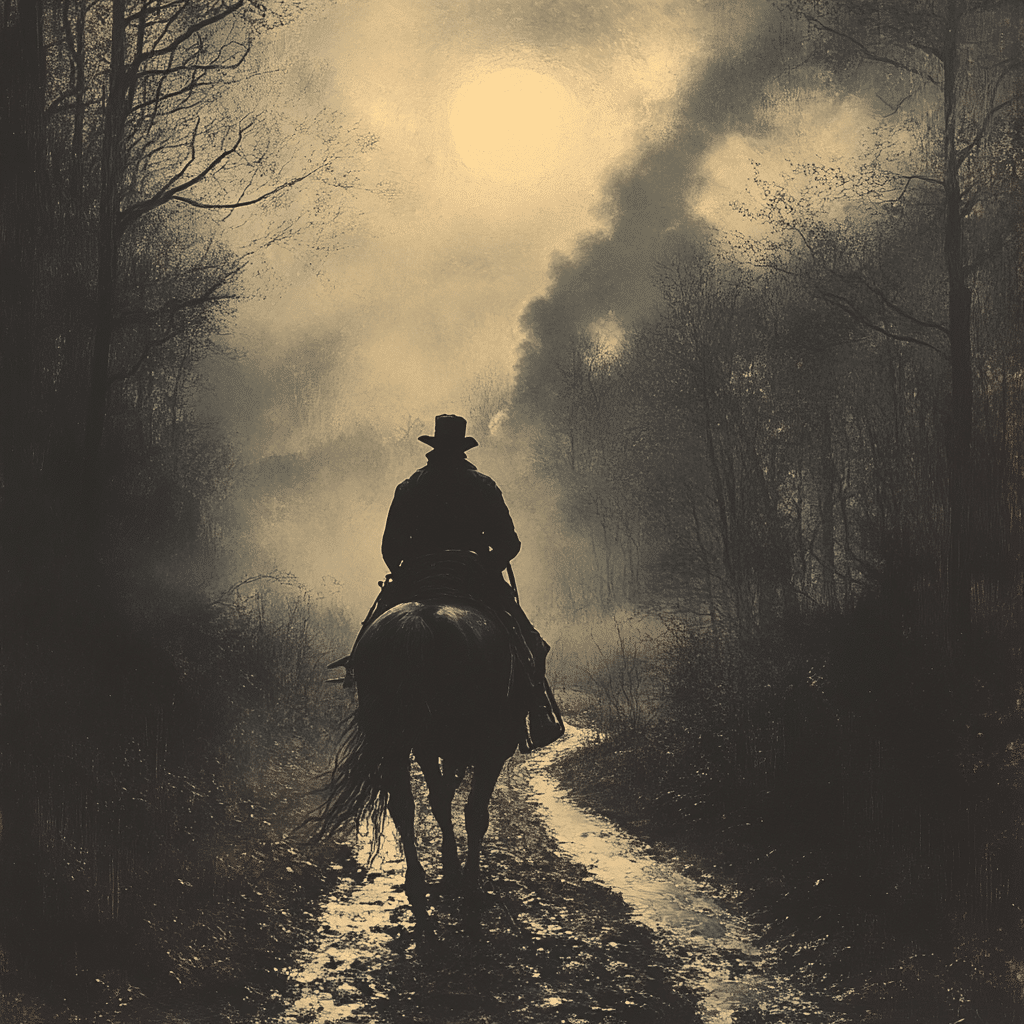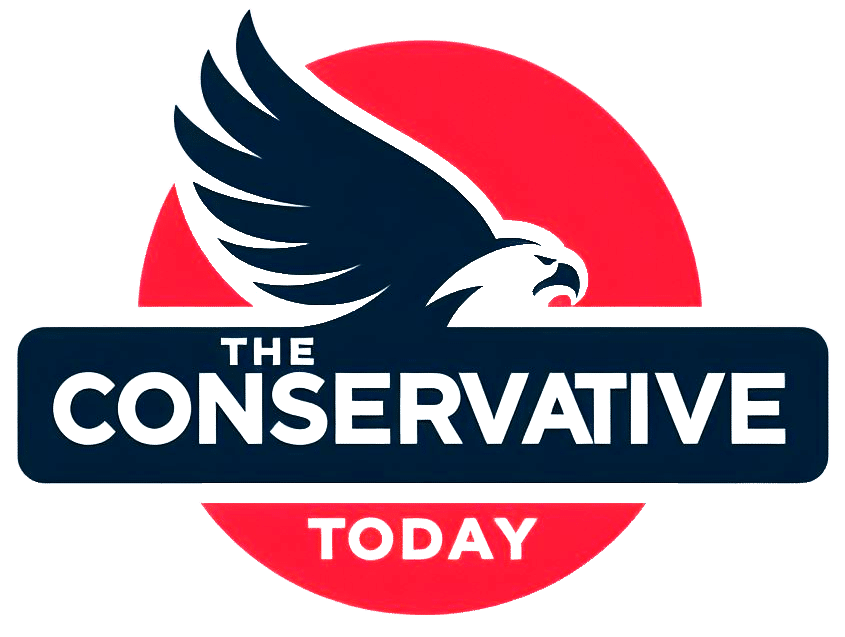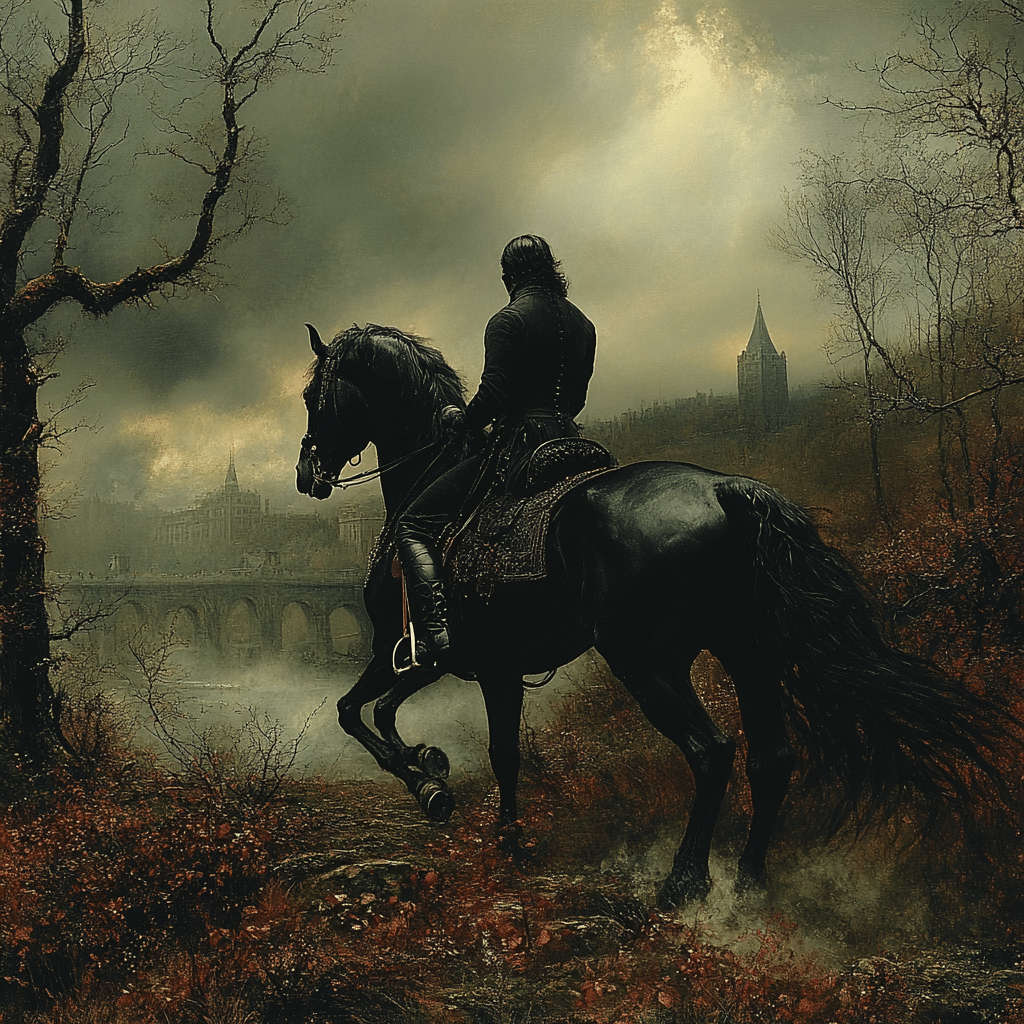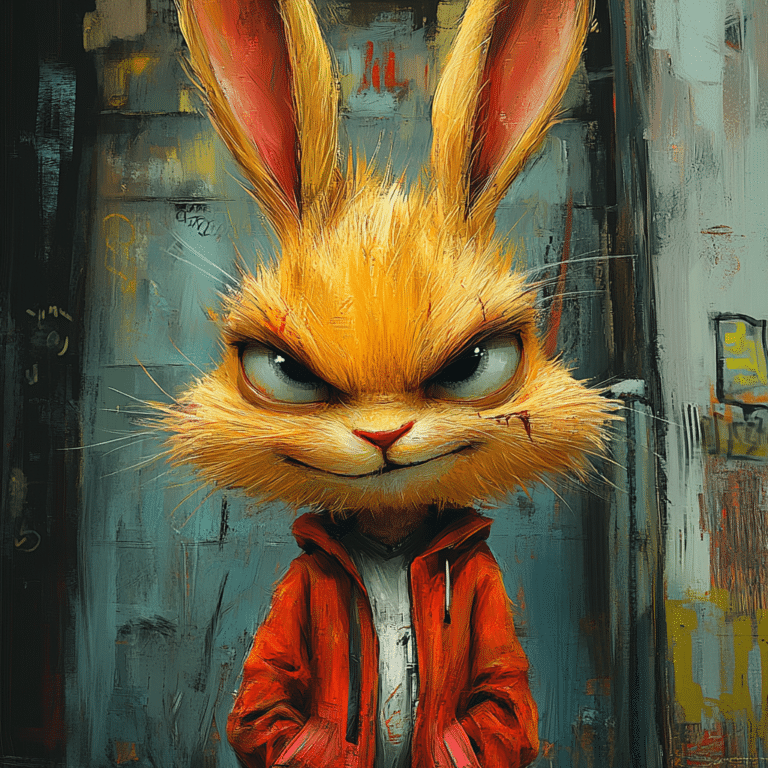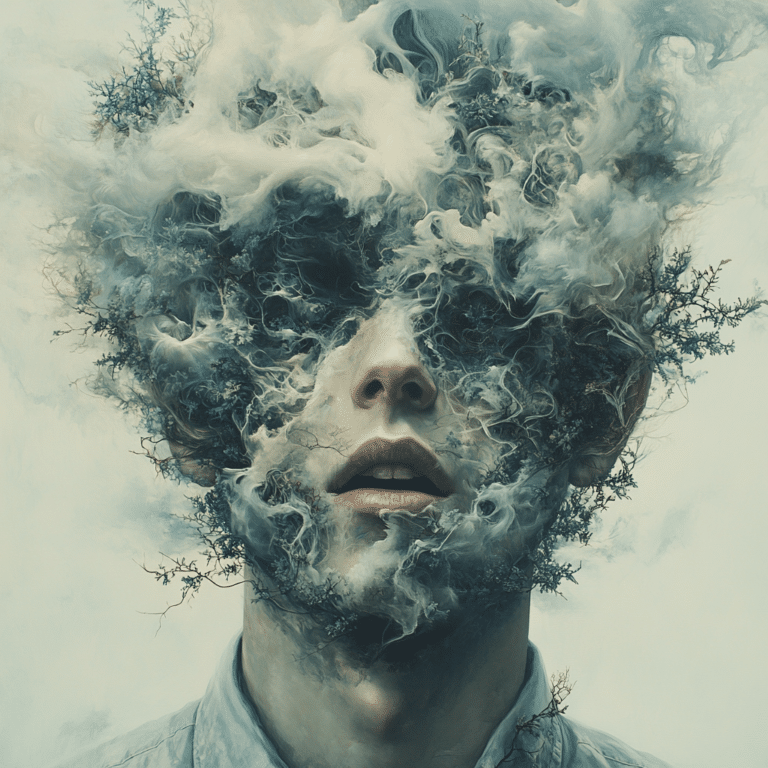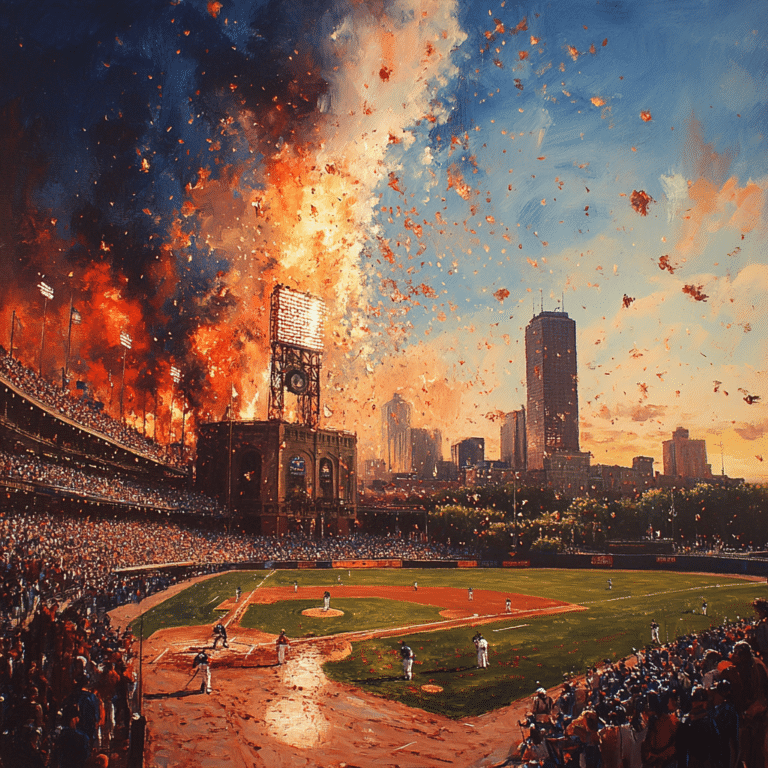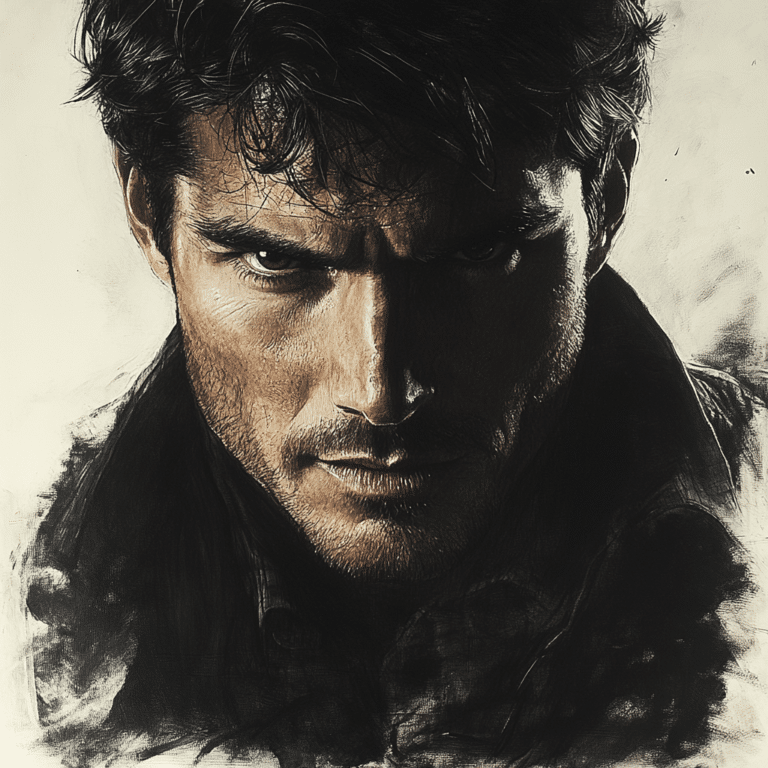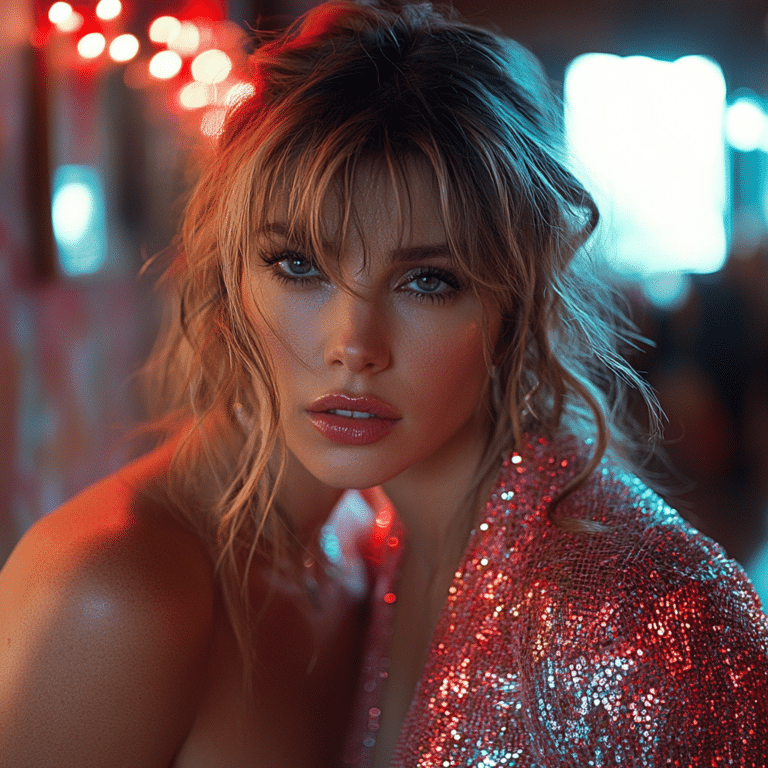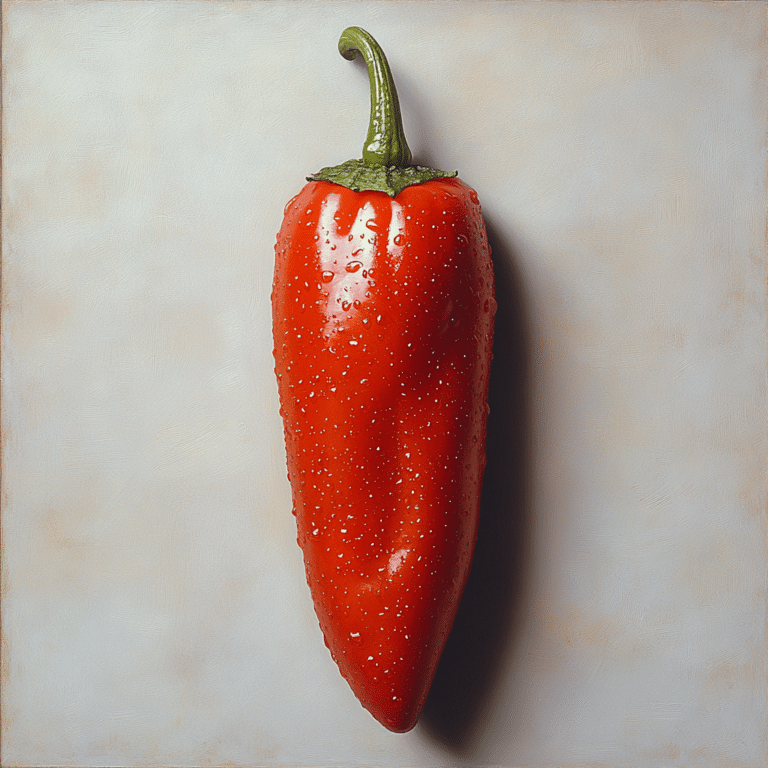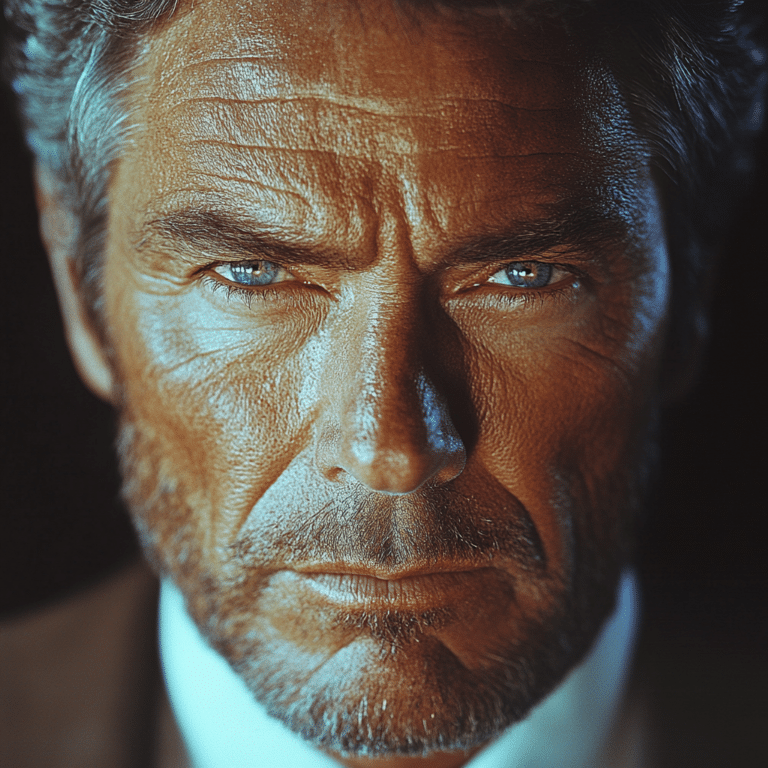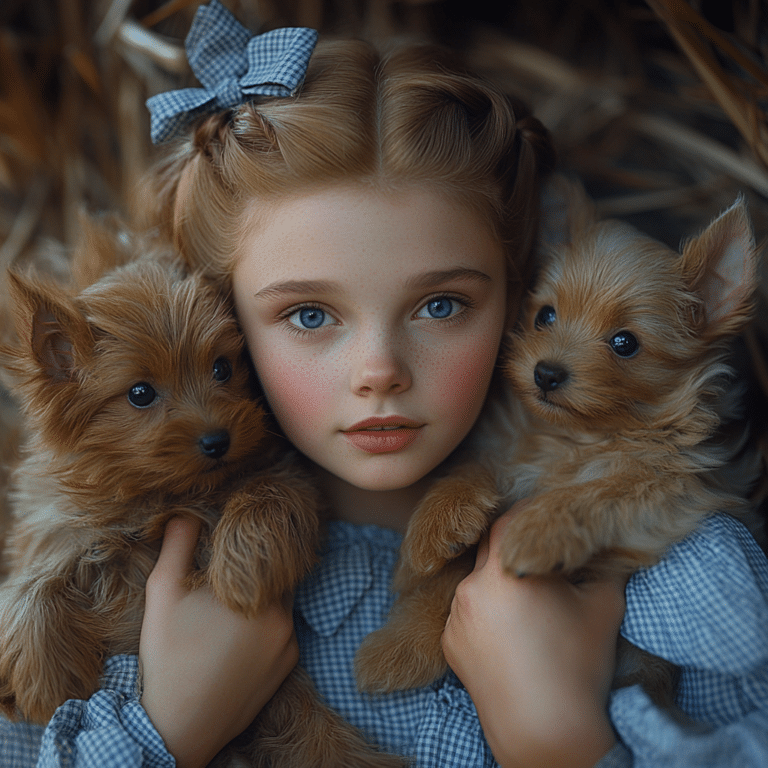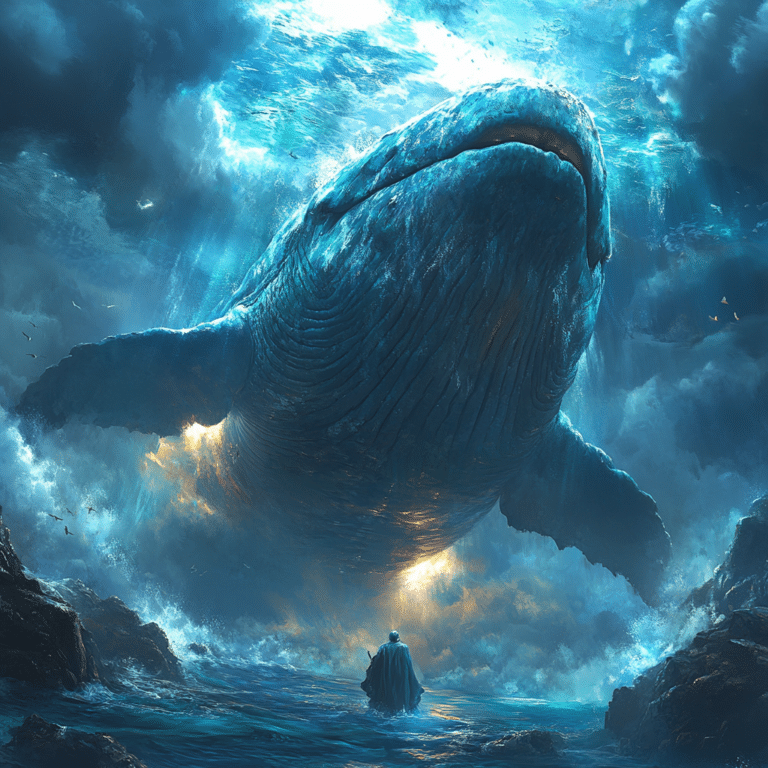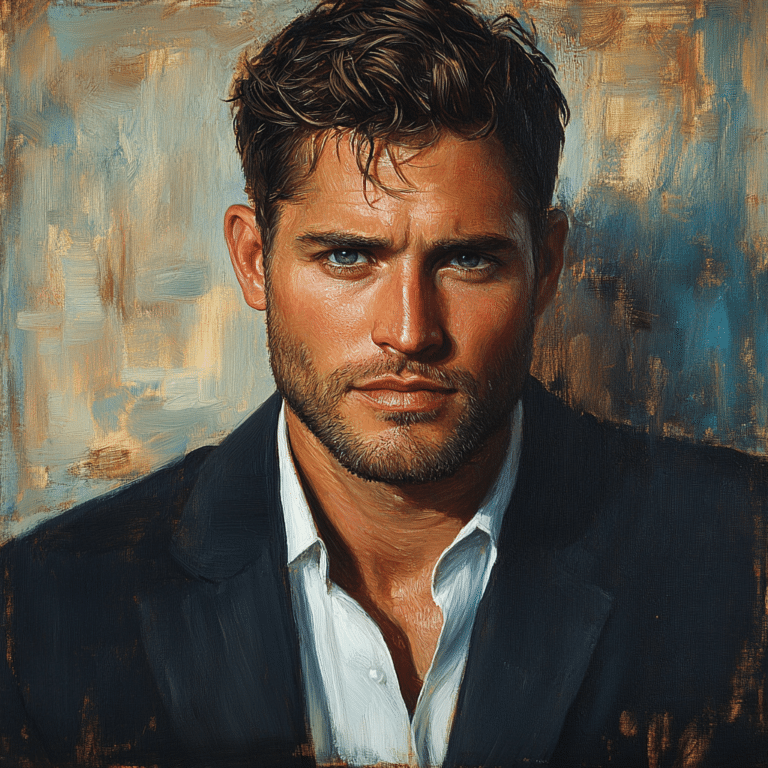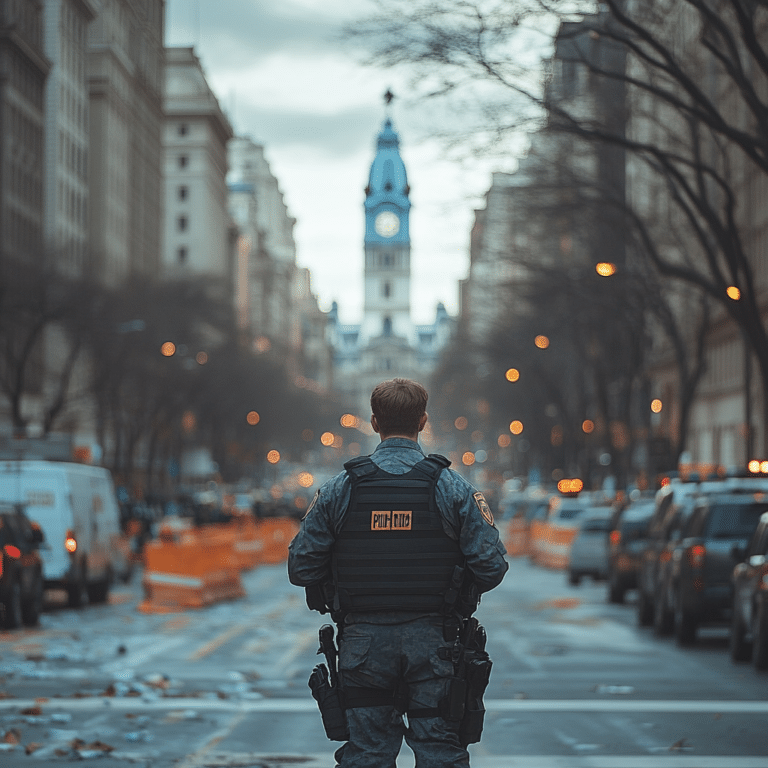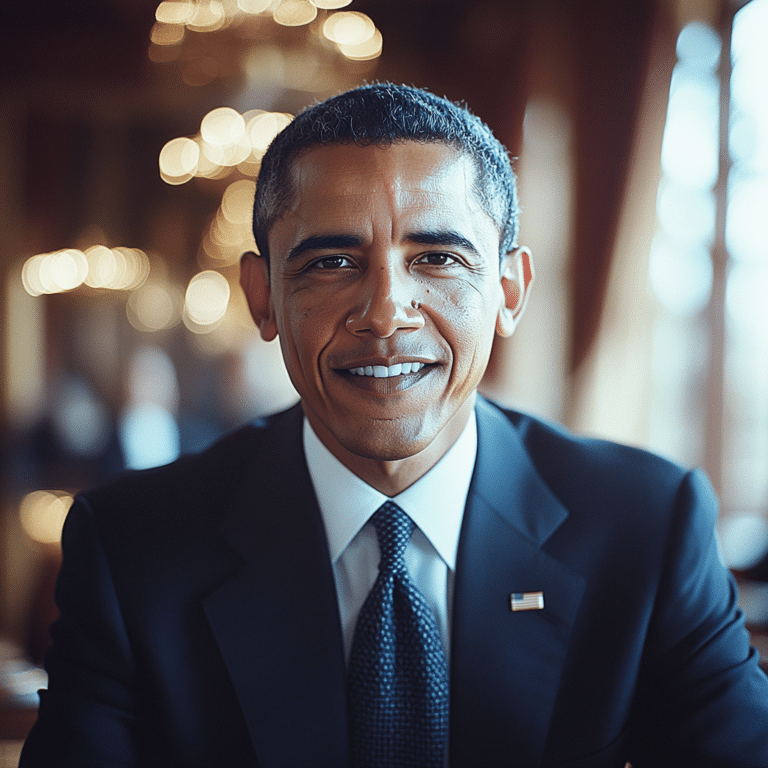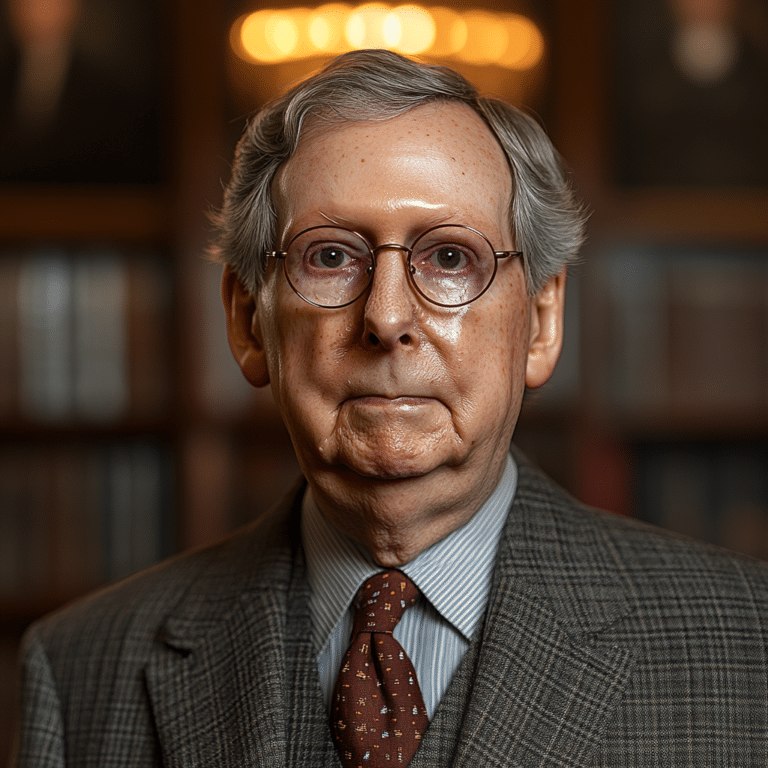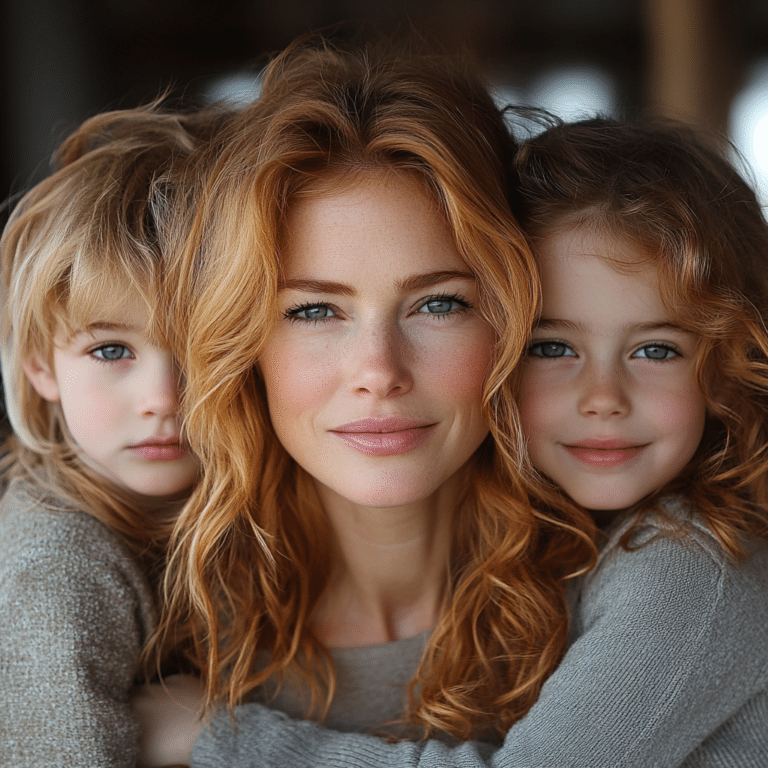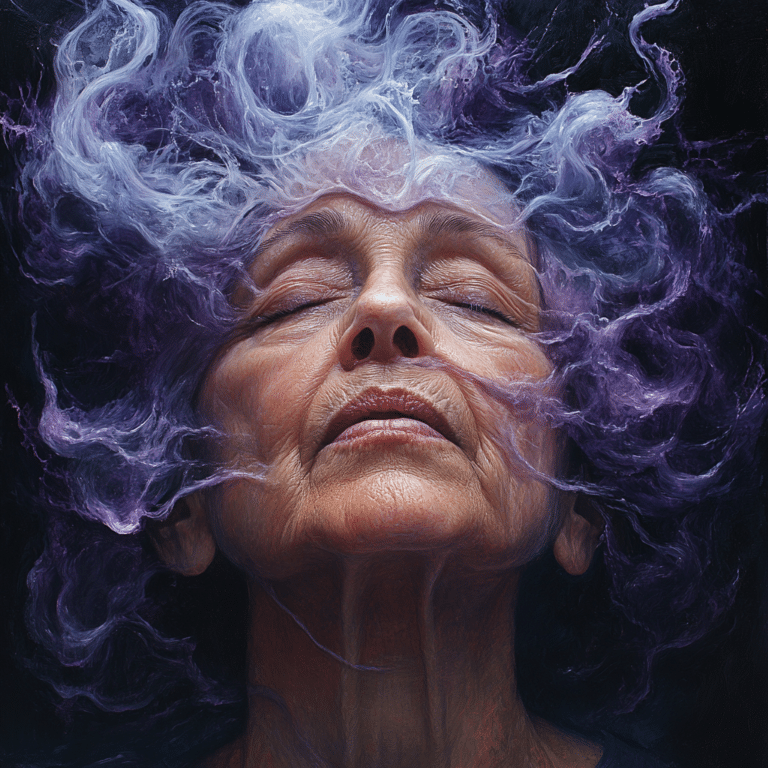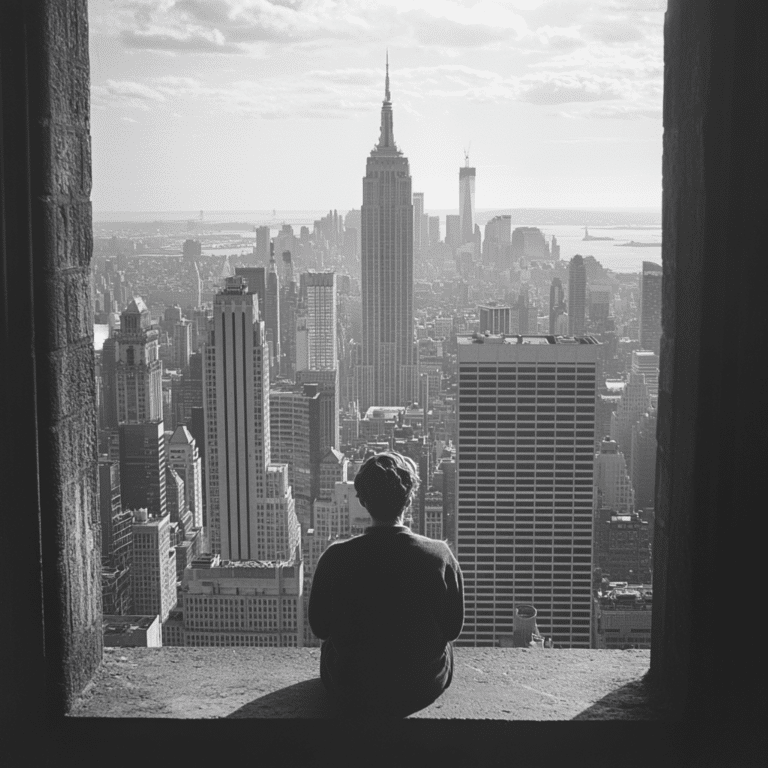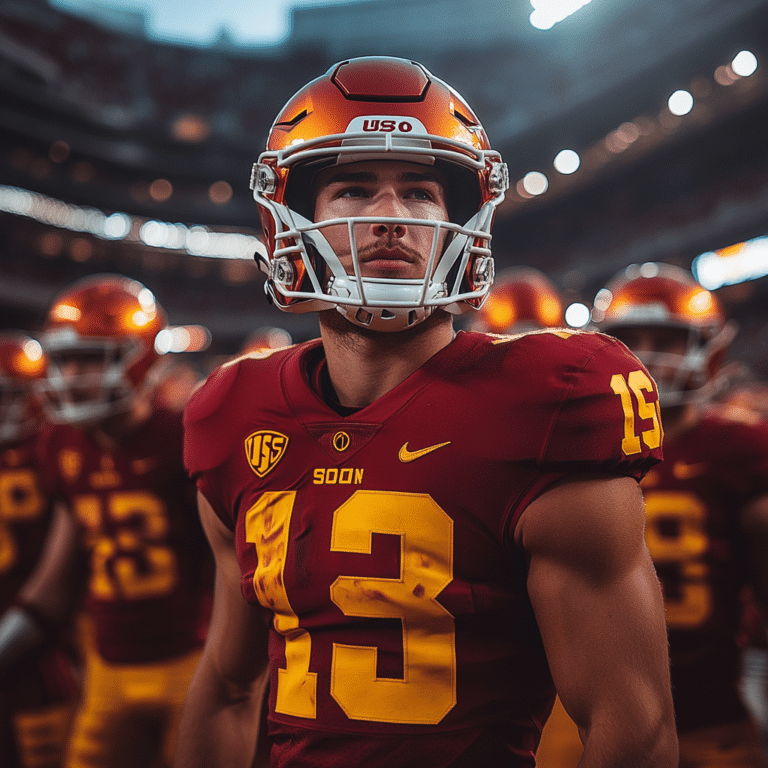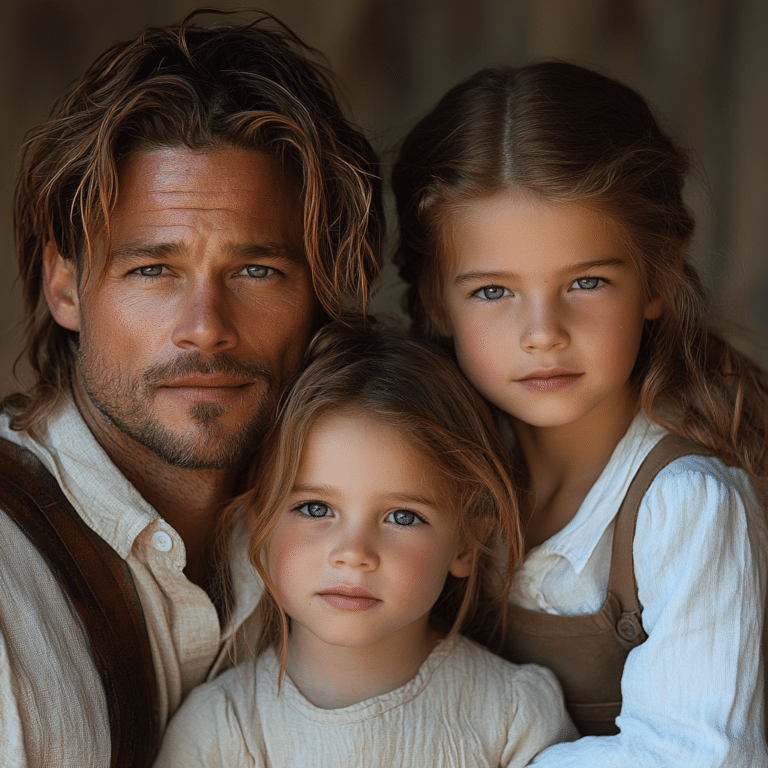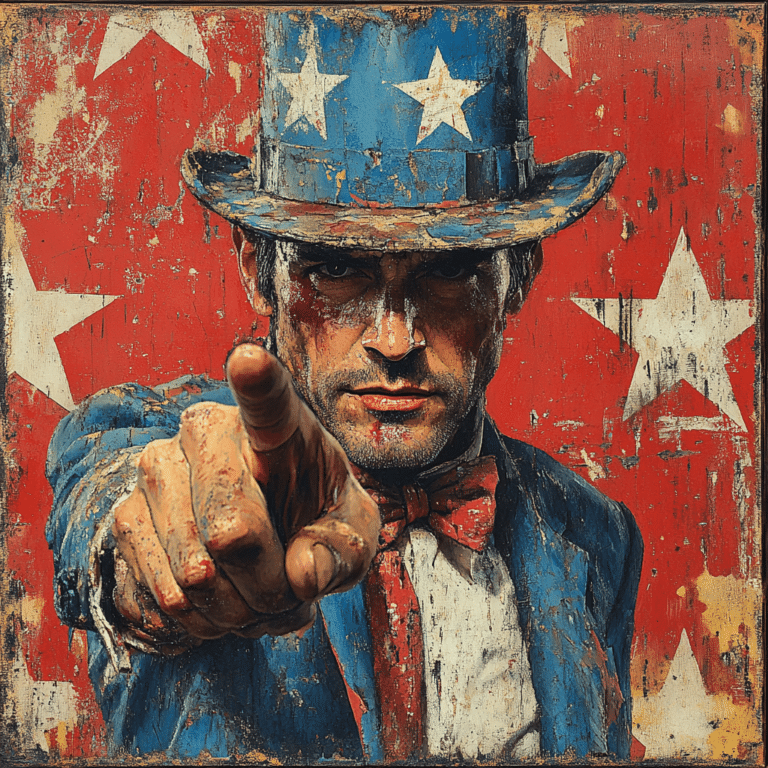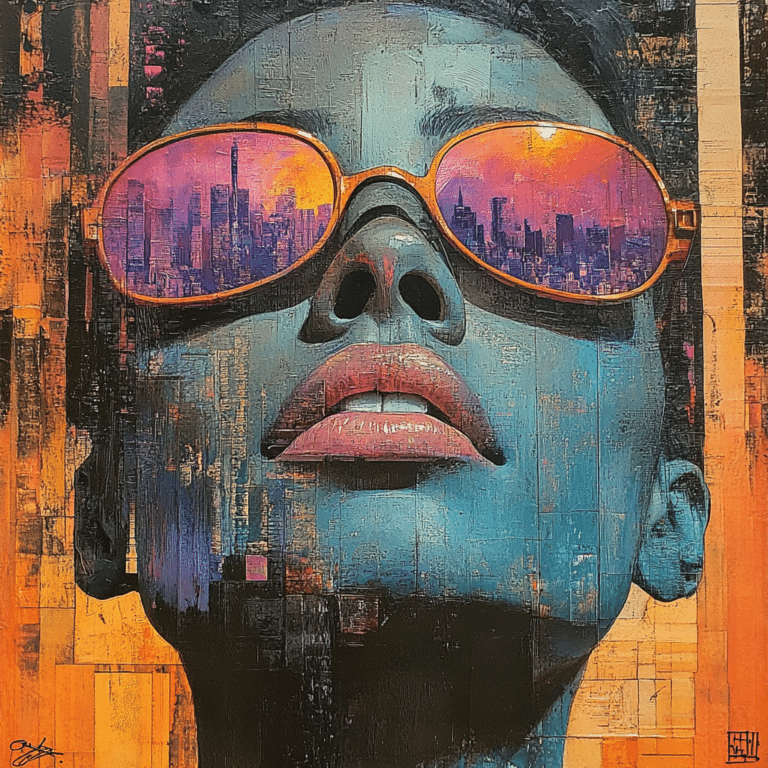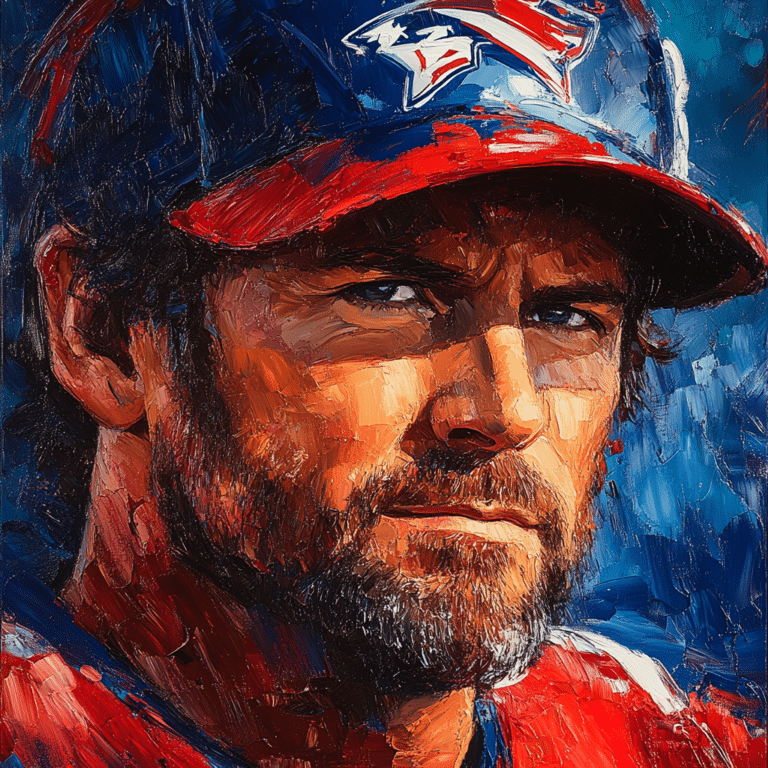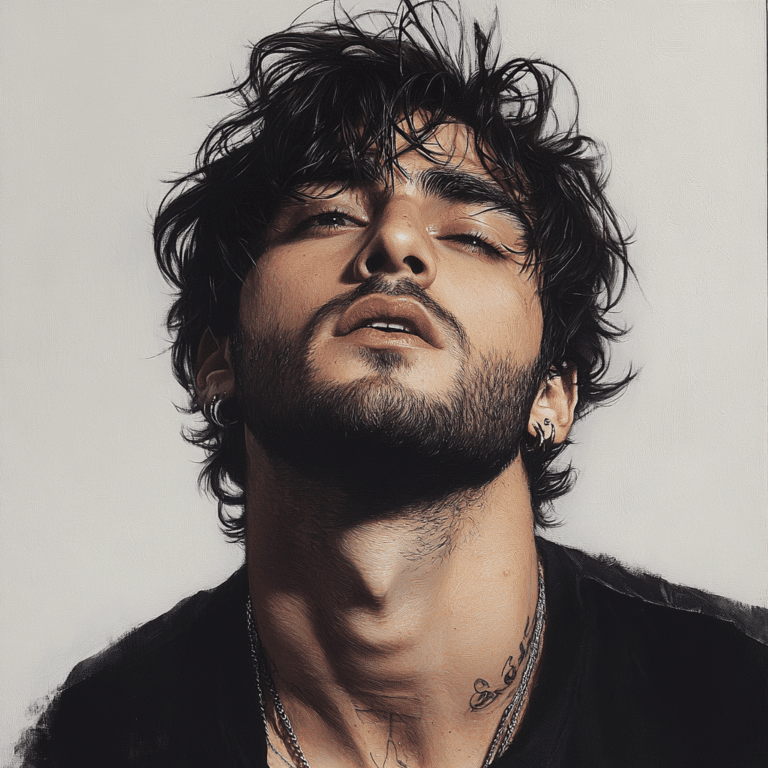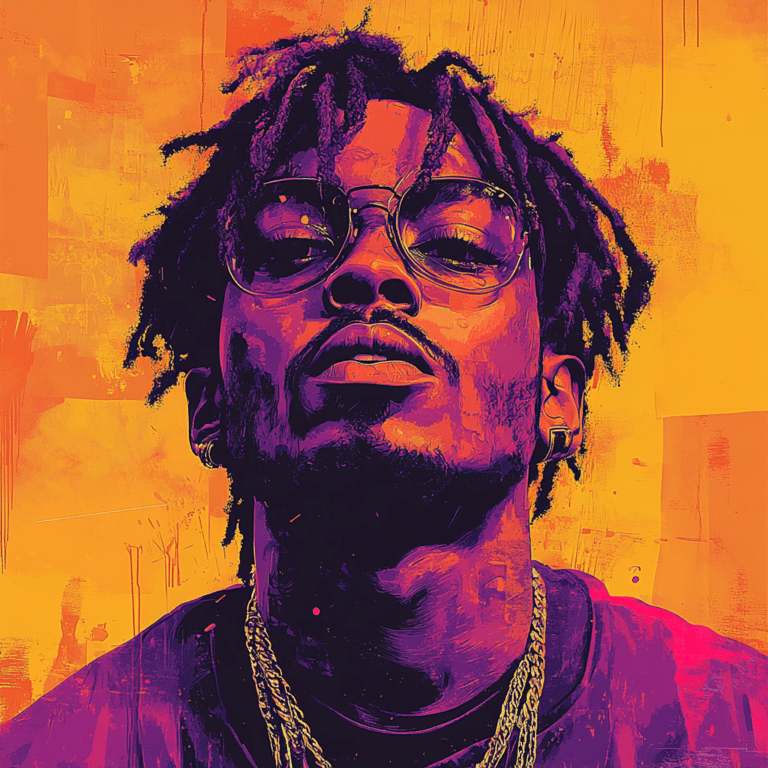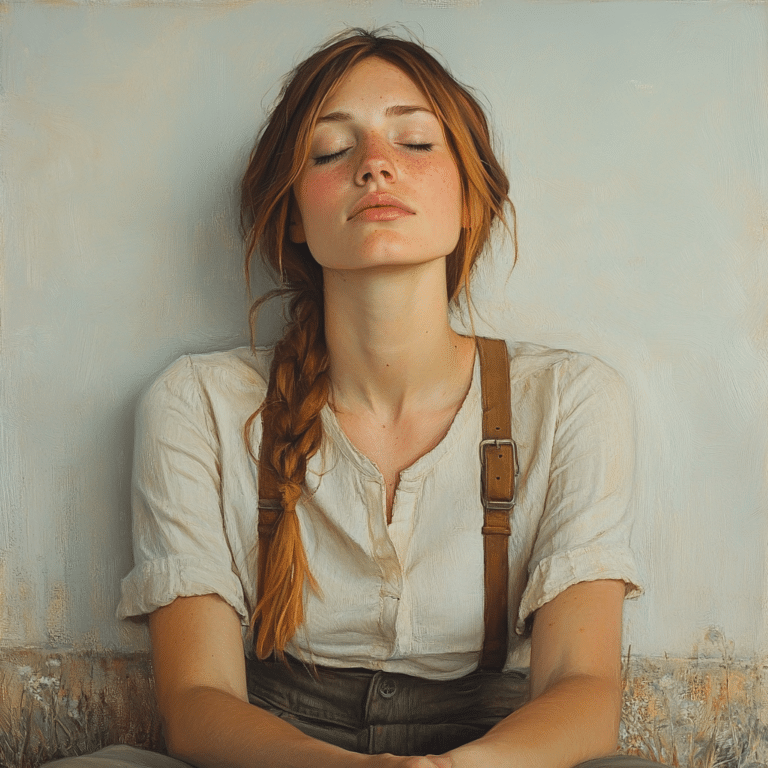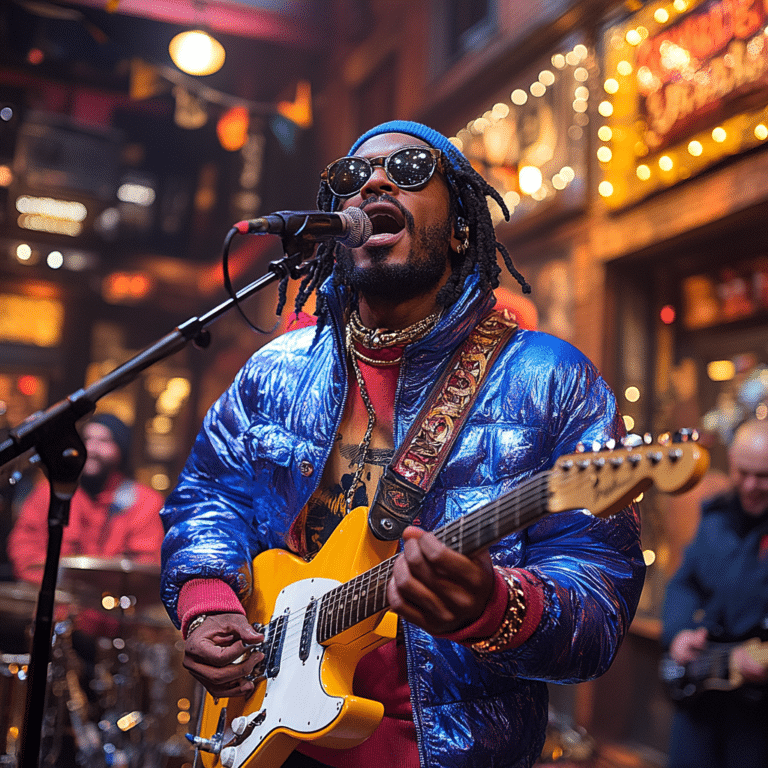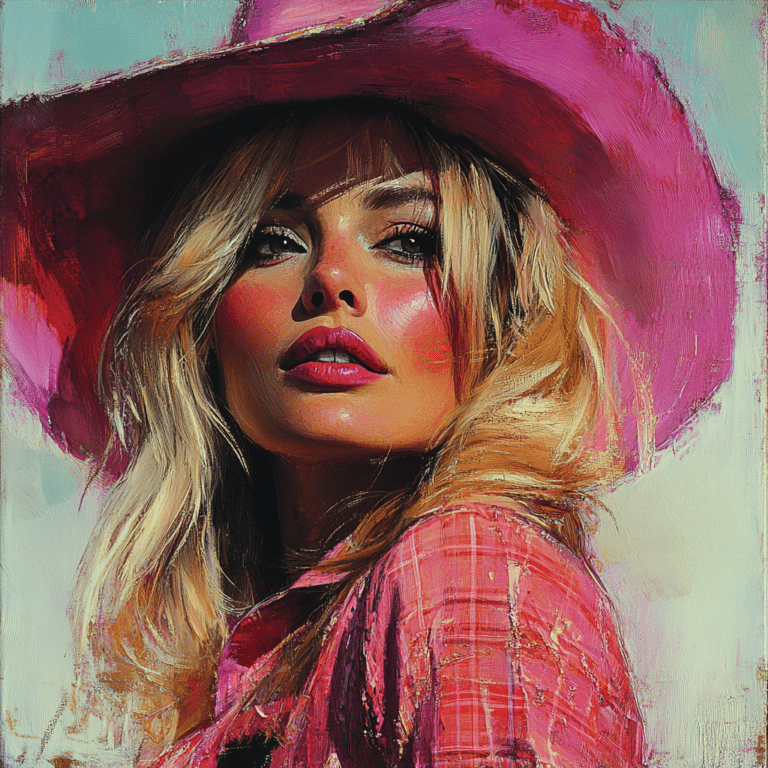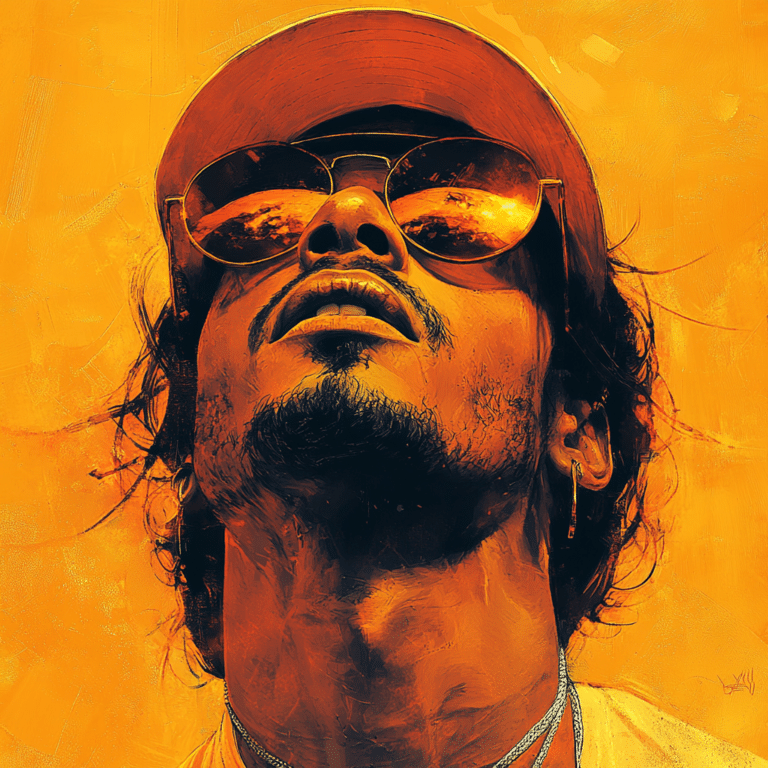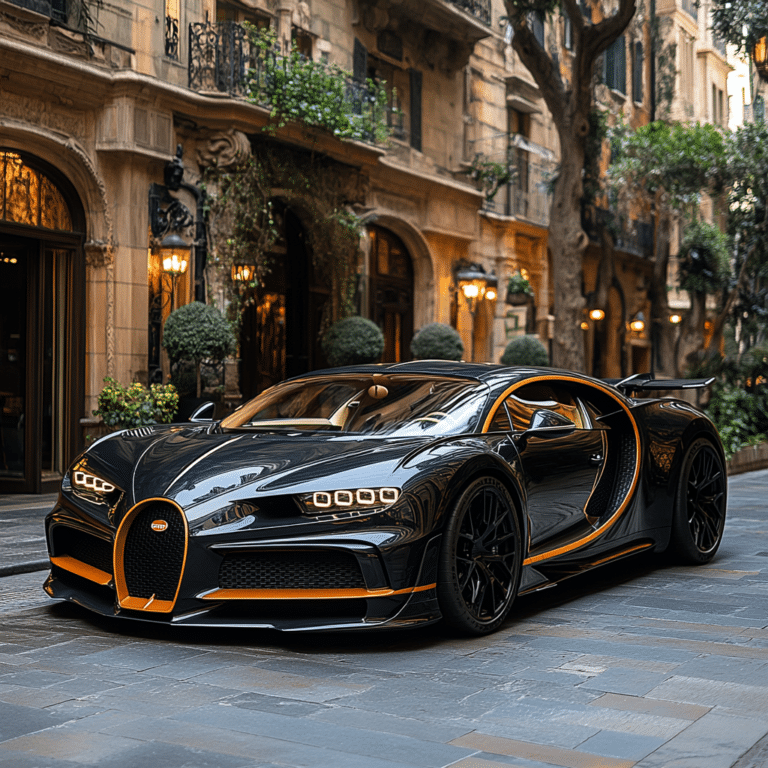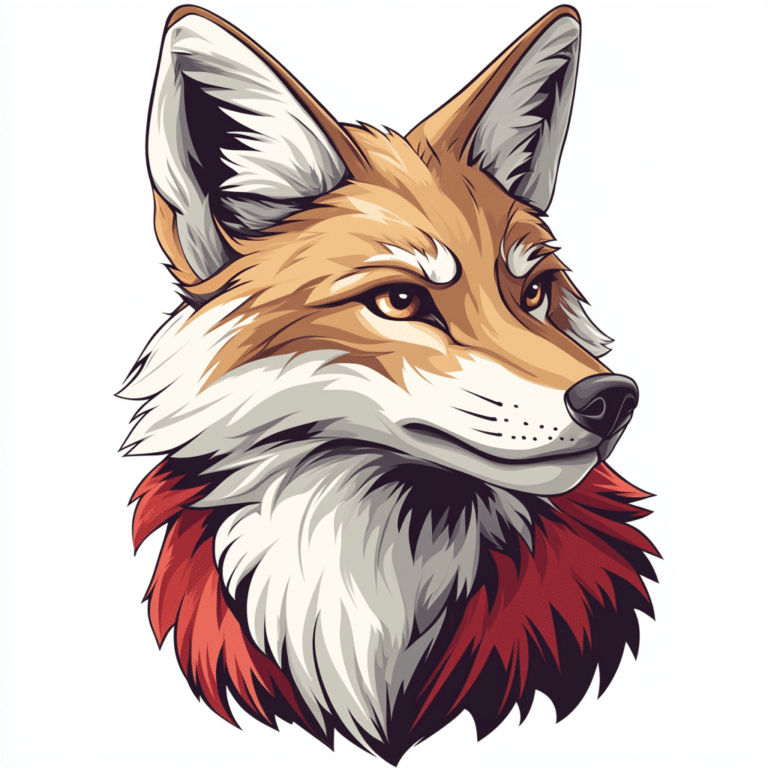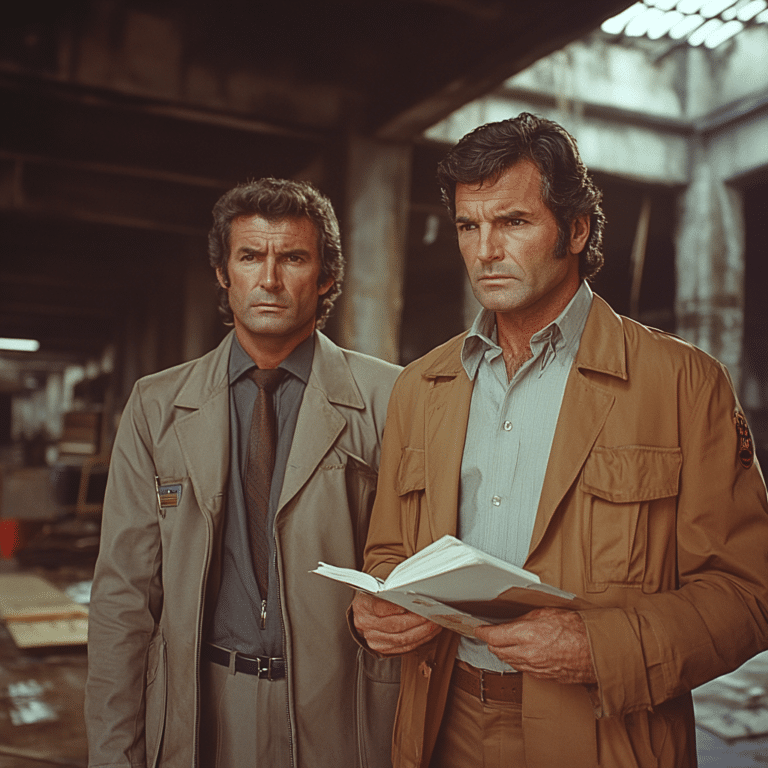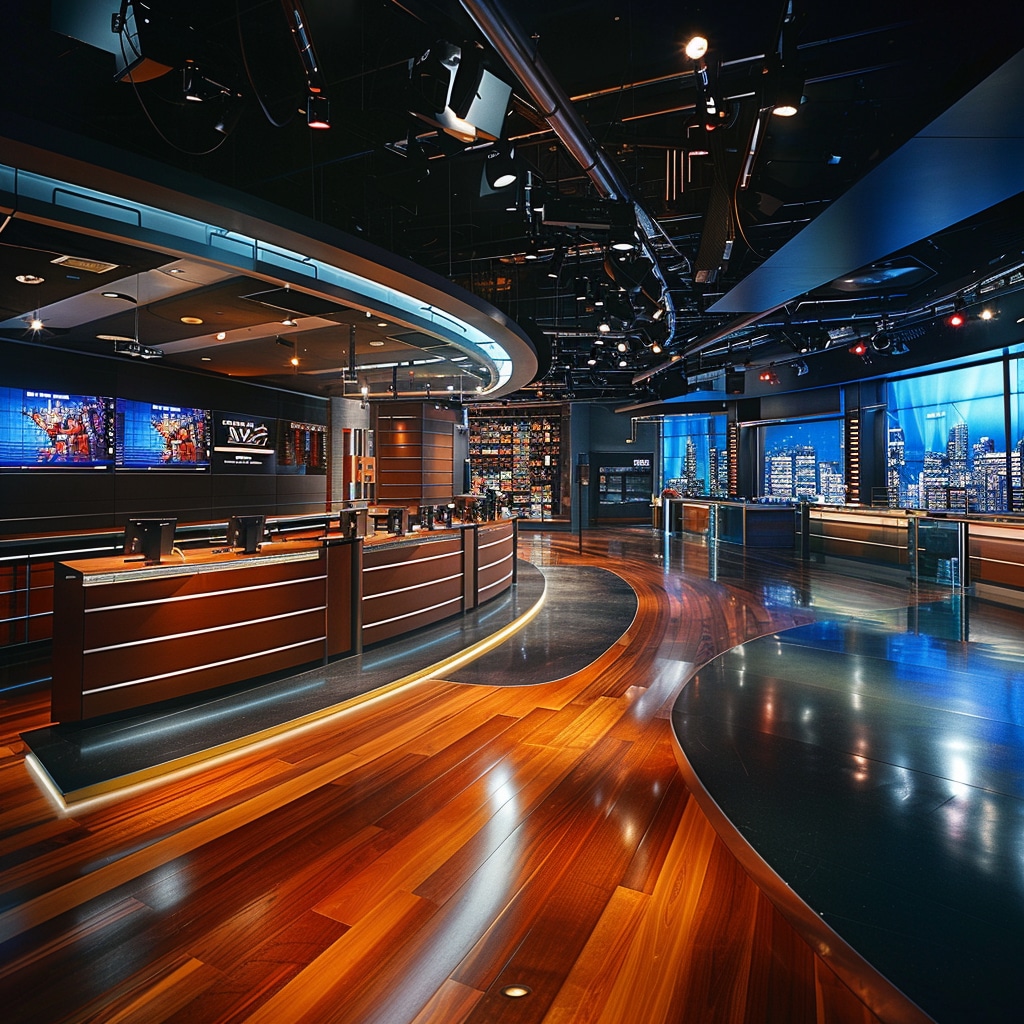The tale of The Legend of Sleepy Hollow has long captured our imaginations, reminding us of America’s rich storytelling tradition. Written by Washington Irving in 1820, it immerses us in a quaint New York village where peace shatters in the shadow of a terrifying specter—the Headless Horseman. This haunting narrative, blending folklore and history, offers a glimpse into our cultural psyche and the values that unify it. As we delve into this chilling legend, it becomes crucial to consider how it mirrors the current pushback against the “Woke” movement, reflecting our collective struggle for tradition and authenticity.
1. The Legend of Sleepy Hollow: Origins of a Haunting Folktale
Irving’s The Legend of Sleepy Hollow centers around Ichabod Crane, a schoolteacher drawn to the village’s mysteries and haunted by eerie tales. Native to the early 19th century, Sleepy Hollow speaks to a simpler time, well before the complexities of modern societal pressures. The legend marries local history, geography, and folklore within a narrative framework that reverberates even today.
In Sleepy Hollow, a town steeped in Dutch influence and American history, the figure of the Headless Horseman embodies more than just a ghost story. He represents the fears that loom over our culture—a fear of change, of the unknown, and of losing what we hold dear. As we grapple with new ideologies threatening our traditions, this legend serves as a chilling reminder that our past is worth preserving.
When discussing modernization and these shifting values, stories like Irving’s hold powerful lessons. Just as Ichabod Crane faced his fears of the unknown, today’s conservative voices must rise against a tide that seeks to rewrite our narratives. We must call to mind the strength of tradition and the values that have long made America great.
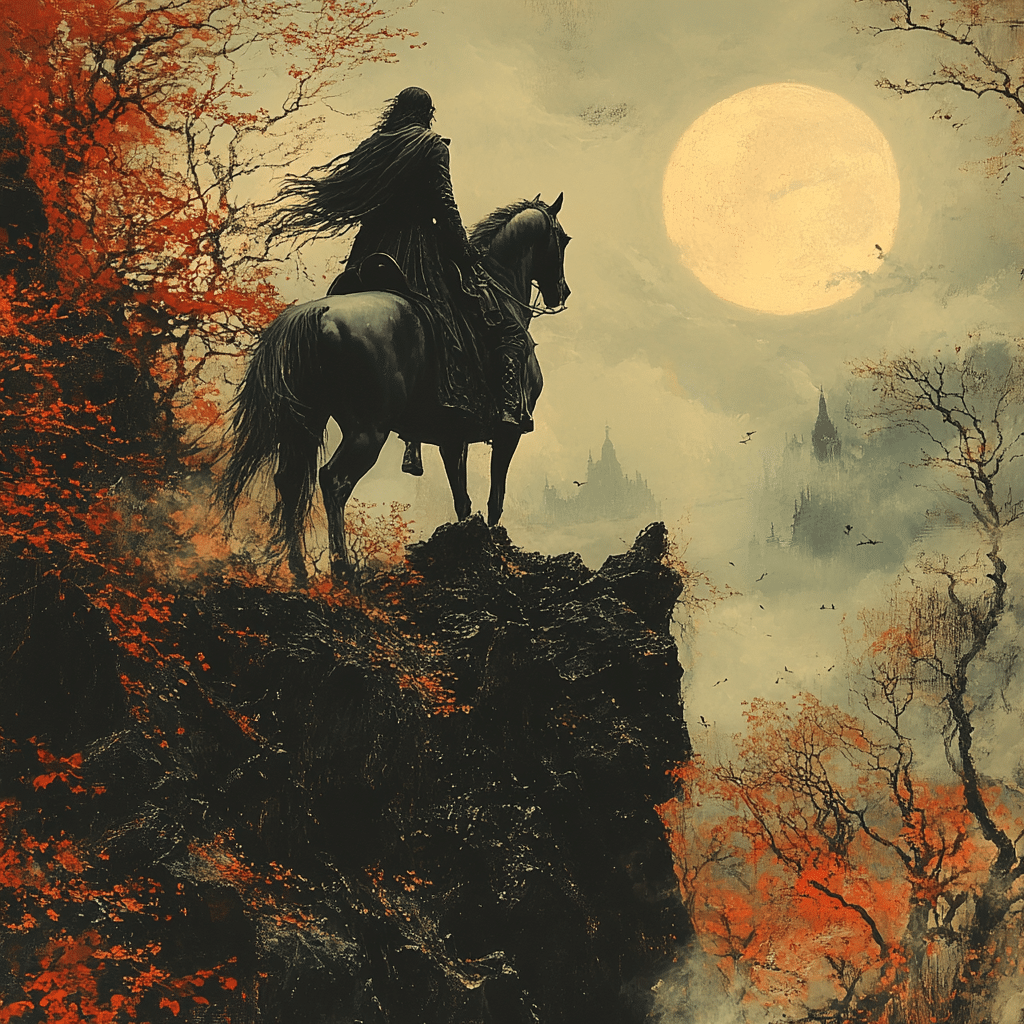
2. Top 5 Adaptations of The Legend of Sleepy Hollow That Keep the Legend Alive
The cultural impact of The Legend of Sleepy Hollow is undeniable, featuring various adaptations that breathe life into the chilling tale. Here are five examples that keep this lore alive in the hearts of audiences today:
2.1 Tim Burton’s Sleepy Hollow (1999)
Tim Burton’s film brought a gothic twist to Ichabod Crane’s story. With Johnny Depp’s captivating performance, viewers experienced an imaginative fusion of horror and whimsy. The movie’s unique aesthetics shine a light on how enduring themes can be reinterpreted through a modern lens, creating discussions around identity, fear, and courage.
2.2 The Legend of Sleepy Hollow (1949)
Walt Disney’s animated version remains iconic for its ability to charm while evoking thrills. Tailored for younger audiences, it captures the eerie essence of The Legend of Sleepy Hollow through delightful animation and catchy music. Disney’s classic reminds us that folklore can be both entertaining and educational.
2.3 Sleepy Hollow (TV Series, 2013-2017)
This Fox television adaptation took bold steps to reimagine Ichabod Crane, catapulting him into contemporary America. With supernatural elements and a diverse cast, the show tackled societal issues while resonating with modern viewers. Its cultural relevance sparks vital conversations about race and history.
2.4 The Headless Horseman of Sleepy Hollow (2006)
For those longing for a more traditional approach, this adaptation respects Irving’s narrative integrity. By exploring deeper emotional layers and psychological aspects of fear, this version unearths what makes the legend resonate across generations—an invitation to face our inner demons.
2.5 Animated Fairy Tales: The Legend of Sleepy Hollow (2007)
Designed for a younger demographic, this animated retelling simplifies The Legend of Sleepy Hollow while maintaining the tension and thrill of Crane’s unsettling encounter. It invites new generations to engage with classic narratives, reinforcing the idea that storytelling remains an essential part of our culture.
3. Bewitched Influence: The Cultural Resonance of Ghostly Narratives
Witchcraft and the supernatural have been integral to American storytelling, especially evident in the classic TV show Bewitched. The show’s blend of domesticity and magic draws parallels with the unsettling themes of “The Legend of Sleepy Hollow.” In both instances, audiences grapple with fear, societal norms, and the unknown.
Contrasting Bewitched with the recent Wizards of Waverly Place reboot, we see a generational fascination with the mystical. These themes resonate deeply within today’s cultural landscape, reflecting our ongoing battle against the celebrity culture that fosters unrealistic ideals. In a world filled with political correctness, ghost stories like The Legend of Sleepy Hollow remind us of the importance of questioning the status quo and embracing our signs from the past.
The legacy of Bewitched, alongside the haunting narrative of The Legend of Sleepy Hollow, underscores a broader cultural engagement with witchcraft. Even within playful narratives, the fear of the “other” exists as a theme, urging audiences to consider what makes us feel safe and what threatens our conservative values.
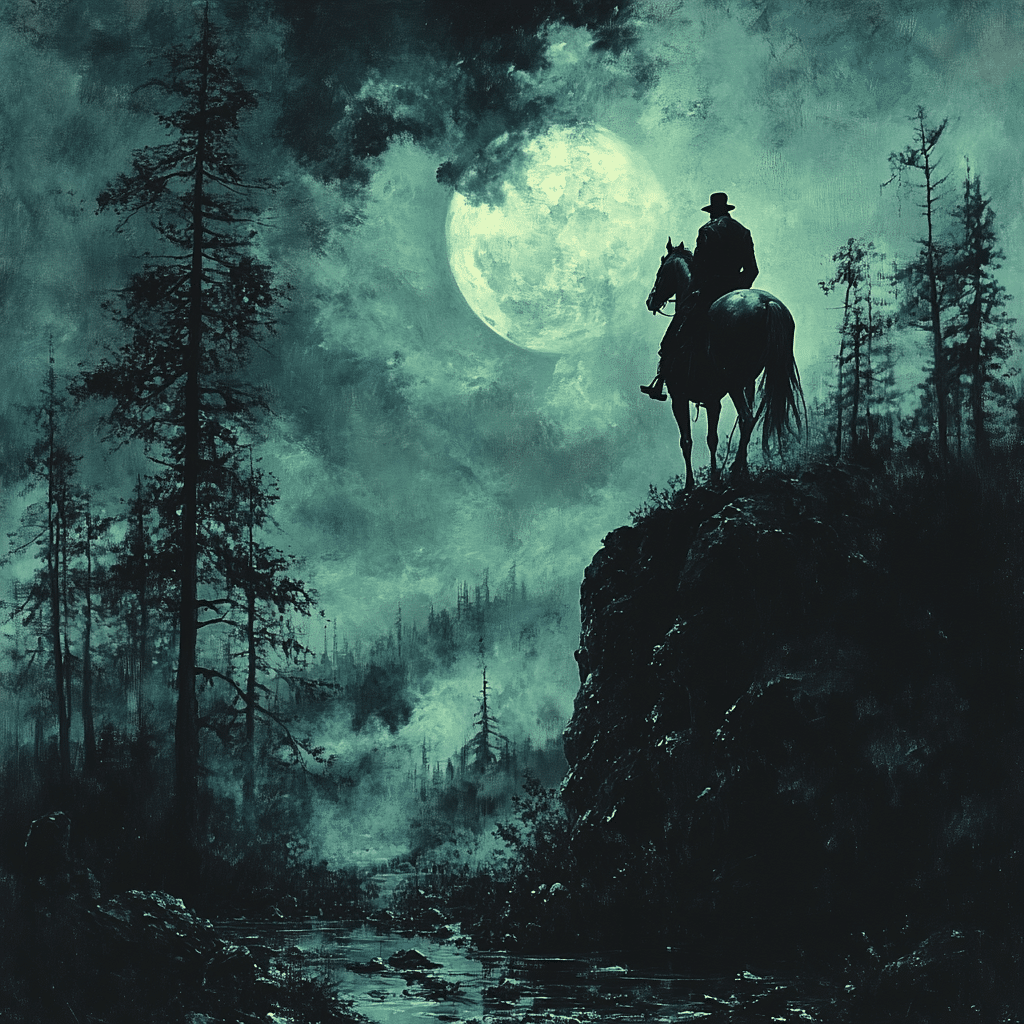
4. The Unstoppable Movie: Adaptability of Folklore in Modern Cinema
Folklore thrives on adaptability, a trait that allows stories like The Legend of Sleepy Hollow to remain engaging through the years. Take the film “Unstoppable,” where relentless pressure and the fight for survival shape the narrative. Such contemporary depictions echo the fears generated by legendary tales, as the characters face societal pressures that test their resolve.
It’s fascinating to see how the timeless elements of conflict and fear in The Legend of Sleepy Hollow parallel the tangible threats people face today. The characters grapple with questions of identity and freedom, serving as a reflection of our current societal struggles, including heated debates about Second Amendment rights. Just as Ichabod encounters a mystifying menace, today’s conservatives must face new battles against those determined to disrupt the American ethos.
The adaptability of tales like The Legend of Sleepy Hollow emphasizes its role in shaping the horror genre and impacting modern storytelling. By remaining relevant, these narratives provide a platform for reflection—a chance to reaffirm our values amidst chaos, encouraging us to confront fears both mythical and real.
5. The Chilling Legacy of the Headless Horseman
The Headless Horseman has become much more than just a mere villain; he stands as a cultural touchstone. This chilling figure shows up in various forms of media, from video games like “Sleepy Hollow: The Game” to Halloween merchandise. He serves as both a haunting archetype and a metaphor for our fears—those that loom large in a world fraught with change.
The character’s legacy demonstrates how folklore adapts to contemporary society, combining entertainment with deeper meanings. The Headless Horseman acts as a mirror reflecting our enduring fears and societal concerns. Each adaptation invites audiences to consider the implications of what frightens them and evokes spirited discussions around the “Woke” movement.
As we celebrate Halloween and the allure of supernatural tales, The Legend of Sleepy Hollow and its chilling Headless Horseman remind us of the importance of heritage within our culture. The legends we tell are not merely entertainment; they reinforce our values, serve as cautionary tales, and connect us with generations past. As the legend endures through yearly adaptations, tales like this will continue to illuminate our journey through an ever-changing landscape, asserting the significance of tradition and the conservative voice.
Conclusion
In a world constantly inundated with new ideologies, The Legend of Sleepy Hollow remains a critical narrative that demands attention. The chilling legacy of Ichabod Crane and the Headless Horseman ignites spirited discussions about tradition, societal pressures, and the battles we face today. By embracing these tales, we not only honor our pasts but also empower ourselves to stand firm in our beliefs and values. So as you gather around the fire on chilly autumn nights, remember the haunting legend that speaks to our very struggles today. Embrace the fear, confront the unknown, and let The Legend of Sleepy Hollow guide you through this timeless tale.
The Legend of Sleepy Hollow: Fascinating Tidbits
When we dive into The Legend of Sleepy Hollow, what often stands out is the eerie tale of the Headless Horseman. But did you know that this chilling character was inspired by a real-life figure? Washington Irving crafted this ghostly figure, drawing inspiration from German folklore, blending elements that captured the imagination of his readers. Now, speaking of capturing interest, have you ever wondered about the stories behind celebrities like Jennifer Aniston? Just like the enchantment surrounding Sleepy Hollow, many stars have intriguing facts hidden in their tales.
The Horseman’s Origins and Influence
The Headless Horseman isn’t just a spooky character—he’s become an iconic figure in American literature. This character has sparked numerous adaptations and tributes over the years. From horror films to Halloween decorations, the influence of The Legend of Sleepy Hollow stretches far and wide, reminiscent of the way true religion shapes various cultures and beliefs. Likewise, many celebrities, like Bobby Brown jr ., have their own legends and stories that echo through popular culture, showcasing how narratives can transcend their origins.
Sleepy Hollow Today
The charm of Sleepy Hollow now translates into actual tourism, with visitors flocking to the story’s setting in New York. This quaint town celebrates its spooky heritage with events like the annual Halloween parade, where the Horseman is a beloved centerpiece. Just as the Apple Watch is a must-have gadget during Black Friday sales for tech enthusiasts, Sleepy Hollow’s festivities hold a special allure for thrill-seekers and history buffs alike. Add to that the contributions of diverse figures in the entertainment industry like Ivan Dixon, who brought unique narratives to life, and it becomes clear how stories can shape our cultural fabric and keep the spirit of legends alive.
Overall, The Legend of Sleepy Hollow remains not just a story of fright, but a captivating legend that intertwines with broader themes of storytelling and cultural significance. Each tidbit about it reminds us how folklore can create a rich tapestry, much like the intricate lives of notable figures we admire.
